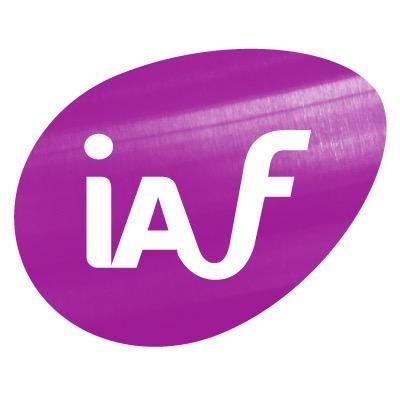Insights from IAF Global Board Annual Meeting: What happens when facilitators become strategists
Mirjami Sipponen-Damonte
Regional Director for Europe and Middle East
Many of us board members of IAF support organisations in strategy facilitation in our daily work. But what happens when it comes to working on the association’s own strategy? Can we take our own medicine? I would say that we are learning to take it, in increasingly substantial doses. On the plane back home I could think of ten success elements in our F2F strategy workshop that I believe could be easily applied to many other organisations as well. I wanted to share them with you and hear what you think. Read More
|
1. |
Build bridges to the past: Work on strategy is continuous development. Therefore it’s important to take advantage from what has already been done in the past, to then move forward. Connecting with the past is also an opportunity for the new members to get on board. Here’s a nice activity we used was:
|
|
|
|
a. |
?-! -> Identify elements that were unclear or uncertain last year, and that had been now clarified or accomplished. This is also the moment to celebrate achievements!
|
|
|
b. |
!-! -> Clarify and acknowledge elements of which we had clarity and certainty last year and that have remained clear & fixed.
|
|
|
c. |
!-? -> Recognise those elements that used to be certain but have since moved to an area of uncertainty, for whatever reason. These are probably elements that require further reflection and space in the agenda.
|
|
2. |
Invite an external facilitator: To make the best use of our time and energy, even though we are all professional facilitators, we seeked support from outside of the board. IAF member and Chair of the Swedish Chapter Malin Moren, did excellent job with facilitating our workshop. Most of all, I love being facilitated for change, and learnt a lot in hands of such a competent facilitator.
|
|
|
3. |
Design carefully and realistically: A careful design enables a successful event. We had a small design team, which started working months ahead on the workshop plan. They gathered expectations from the whole board prior to the meeting and feeded us back the workshop design. One important elements of the design was that is was realistic regarding the use of time. Having less agenda items we got much more done.
|
|
|
4. |
Involve the organisation / clients: Naturally we wanted to hear our members’ thoughts on the association’s development needs. We gathered information and expectations from our chapters and conducted a membership survey prior to the workshop, the results of which guided our work.
|
|
|
5. |
Come prepared: Everything that can be done outside the workshop, should be done outside the workshop. We all had our share of preparation, to become familiar on with the background of the items on the agenda.
|
|
|
6. |
Don’t try to get it finished first time: One thing I personally found very valuable was not trying to complete the topics at once. It was OK to leave them to marinate and move on to other items. The day after we would look at the same topics with fresh eyes and minds.
|
|
|
7. |
Include team building: Productive work in any board or team is supported by openness and trust amongst its members. Therefore the face-to-face moments should serve to develop them. We had occasions both to share about ourselves and to give feedback to each other, to increase openness and trust. |
|
|
8. |
Encourage open dialogue: As we are all passionate of our cause and our association, passionate discussions are also to be expected. I appreciate our facilitator giving space to have those conversations, as they are excellent opportunities to clarify our intentions and develop a shared understanding around topics. |
|
|
9. |
Encourage personal commitment: At the end it comes down to what each participant will commit to do after the workshop. We were video recorded while sharing our commitments to others, a way to hold each other accountable during the months to come (and a memory support for ourselves) |
|
|
10. |
Agree on communications: At the end there are lots of things that we need to communicate to our regions, chapters and members. Agreeing on the communication ensures that we are active and coherent in the way we communicate. |
|
